Table of content
Spinach, a leafy green powerhouse packed with nutrients, is a favorite in kitchens worldwide. However, one common frustration when cooking spinach is its tendency to lose its vibrant green hue, transforming into a dull, olive-like shade after steaming. This discoloration not only affects the visual appeal of dishes but may also indicate nutrient loss. Understanding the science behind this change and implementing specific techniques can help retain spinach’s bright color. This article explores the causes of discoloration and provides actionable steps to ensure your spinach juice remains vividly green even after steaming.
The Science Behind Spinach Discoloration
To address the problem, it’s essential to grasp why spinach changes color during cooking. The vibrant green pigment in spinach, chlorophyll, is sensitive to heat, acid, and enzymes. When exposed to high temperatures, chlorophyll breaks down, releasing magnesium ions—a process called chlorophyll degradation. Simultaneously, the cell walls of spinach leaves rupture, releasing organic acids. These acids react with chlorophyll, converting it into pheophytin, a grayish-green compound. Additionally, enzymes like polyphenol oxidase accelerate oxidation, further dulling the color.
Key Strategies to Prevent Discoloration
Blanching Before Steaming
Blanching—briefly boiling vegetables and then shocking them in ice water—is a game-changer. This process serves two purposes:
- Inactivates Enzymes: A quick dip in boiling water (30–60 seconds) deactivates polyphenol oxidase, halting enzymatic browning.
- Preserves Chlorophyll: Blanching stabilizes chlorophyll by reducing acidity levels in the leaves.
Steps:
- Bring a pot of water to a rolling boil.
- Add spinach leaves and stir for 30–45 seconds.
- Immediately transfer to an ice bath to stop cooking.
- Pat dry before steaming.
Adjusting pH Levels with Baking Soda
Chlorophyll thrives in alkaline environments. Adding a pinch of baking soda (sodium bicarbonate) to the steaming water neutralizes acids, creating a pH-friendly setting for chlorophyll.
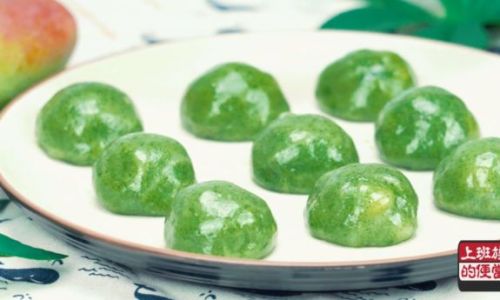
Caution:
- Use sparingly (¼ teaspoon per liter of water). Excess baking soda can impart a soapy taste and destroy water-soluble vitamins.
- Stir gently to distribute evenly.
Minimizing Acid Exposure
While lemon juice or vinegar is often used to brighten flavors, acidic ingredients exacerbate chlorophyll breakdown. Avoid adding them before or during steaming. Instead, incorporate acidity post-cooking if needed.
Optimal Steaming Techniques
- Use a Tight-Fitting Lid: Trapping steam reduces cooking time, preserving chlorophyll.
- Avoid Overcooking: Steam spinach for 2–3 minutes until just wilted. Oversteaming amplifies nutrient loss and discoloration.
- Elevate the Basket: Keep the spinach above boiling water to prevent direct contact, which can leach acids into the leaves.
Ice Bath Post-Steaming
After steaming, immediately plunge the spinach into an ice bath. This “shocking” method halts enzymatic activity and cools the leaves rapidly, locking in color.
Steps:
- Fill a large bowl with ice and cold water.
- Transfer steamed spinach to the bath for 1–2 minutes.
- Drain thoroughly and pat dry.
Using a Metal Bowl for Steaming
Certain metals, like stainless steel, reflect heat efficiently, ensuring even cooking and reducing chlorophyll degradation. Avoid reactive metals like aluminum, which may alter pH levels.
Freshness Matters
Start with the freshest spinach possible. Older leaves have higher enzyme activity and broken cell walls, accelerating discoloration.
Common Mistakes to Avoid
-
Overcrowding the Steamer:
Packing too much spinach into the steamer basket increases moisture and acidity, leading to uneven cooking and faster discoloration. -
Skipping the Ice Bath:
Neglecting to cool spinach immediately after cooking allows residual heat to continue breaking down chlorophyll.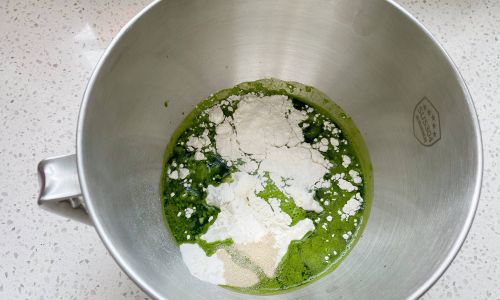
-
Using Too Much Baking Soda:
While effective, excess baking soda compromises taste and texture. Stick to the recommended amount. -
Storing Steamed Spinach Improperly:
Exposure to air and moisture post-steaming accelerates oxidation. Store in an airtight container with a paper towel to absorb excess moisture.
Advanced Tips for Culinary Applications
Spinach Juice Concentrate
For intensely green juice, blend steamed spinach with a minimal amount of water, then strain through a fine mesh. Use immediately or freeze in ice cube trays for later use.
Color-Enhancing Additives
- Ascorbic Acid (Vitamin C): A natural antioxidant that stabilizes chlorophyll. Add ⅛ teaspoon per cup of juice.
- Copper Pots: Cooking spinach in copper vessels can enhance green hues, as copper ions bind with chlorophyll. However, this method is less common in home kitchens.
Pairing with Alkaline Ingredients
Incorporate mildly alkaline foods like avocado or zucchini into spinach dishes to maintain pH balance.
Troubleshooting Guide
| Issue | Cause | Solution |
|---|---|---|
| Dull green color | Overcooking or excess acid | Shorten steaming time; add baking soda |
| Soggy texture | Overcrowding the steamer | Steam in batches |
| Soapy aftertaste | Too much baking soda | Reduce quantity to ¼ tsp per liter |
| Rapid browning post-steaming | Inadequate cooling | Use ice bath immediately |
The Role of Nutrition
While preserving color is aesthetic, it’s also linked to nutrient retention. Chlorophyll degradation often coincides with the loss of vitamins like C and K. By minimizing cooking time and acid exposure, you protect both color and nutritional value.
Conclusion
Retaining the vibrant green of spinach juice after steaming is achievable through a combination of scientific understanding and culinary precision. Blanching, pH adjustment, and meticulous steaming techniques form the cornerstone of this process. By avoiding common pitfalls and embracing advanced strategies, you can elevate your spinach dishes from mundane to visually stunning. Whether you’re crafting a vibrant pasta sauce, a nutrient-packed smoothie, or a gourmet salad, these methods ensure your spinach remains as vivid and wholesome as nature intended.
Experiment with these techniques, and soon, preserving the emerald allure of spinach will become second nature—a testament to the harmony of science and cuisine.
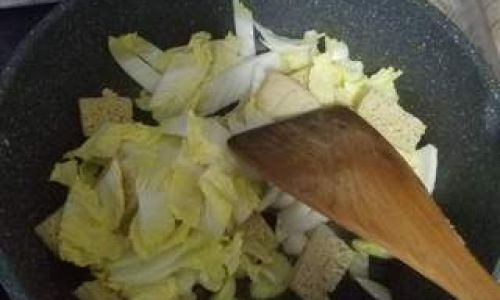
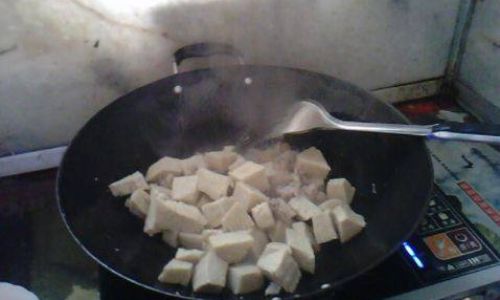
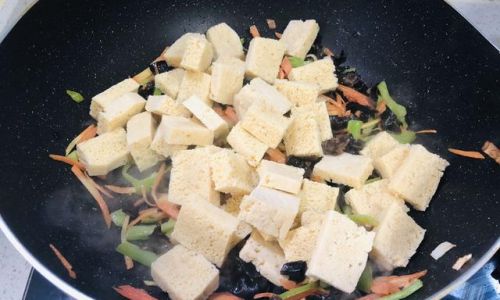
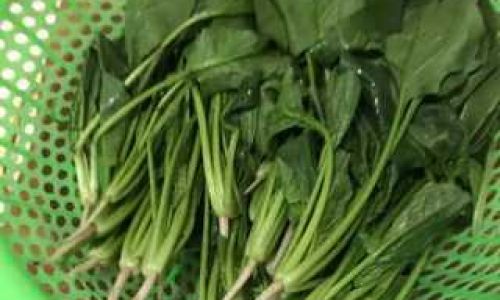
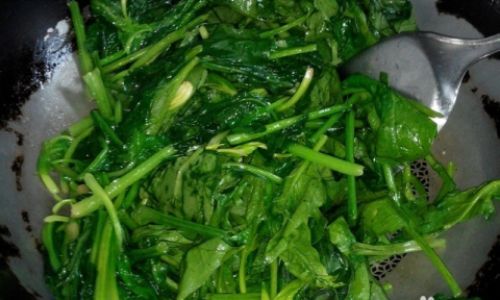
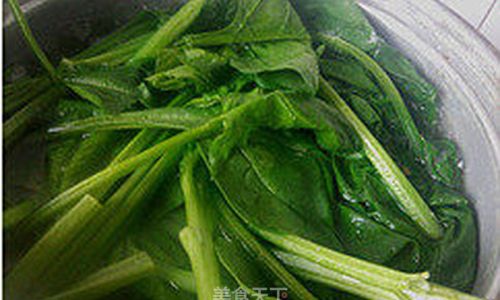
0 comments